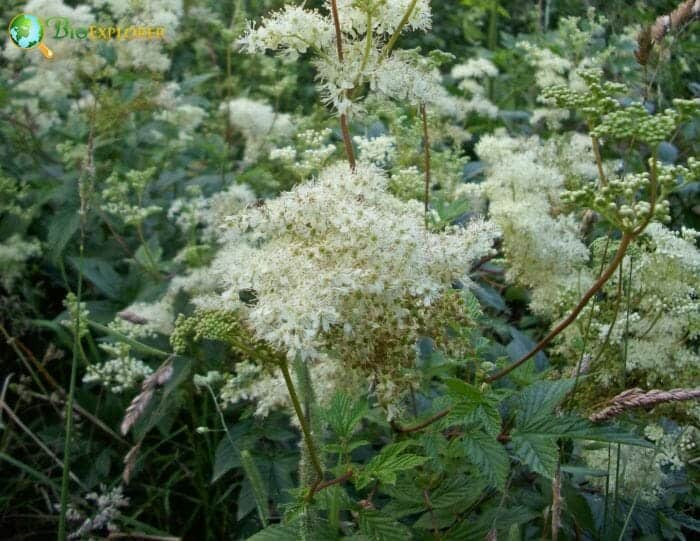
Meadowsweet (Filipendula ulmaria) was well-known to druids and healers in ancient times. The ancient Teutons used this herb to flavor their famous mead (honey/met).
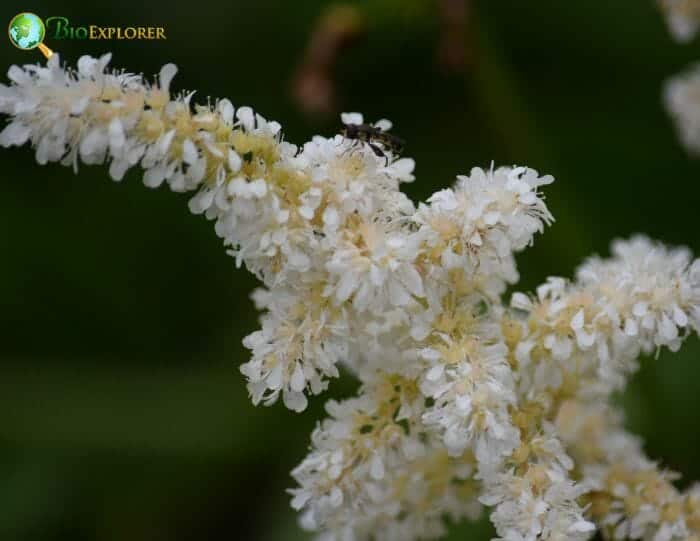
This likely explains the origin of the herb’s actual name, often known as Queen of the Meadow or meadwort or mead. The plant originated from Eastern and Central Europe and was once found in alluvial forests.
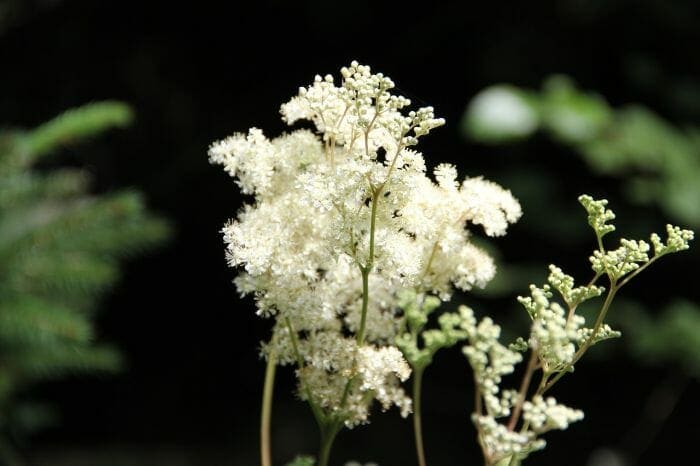
Meadowsweet belongs to the Rosaceae (roses) family. Apart from Filipendula ulmaria, there is another variety[1] of Meadowsweet known as Filipendula vulgaris.
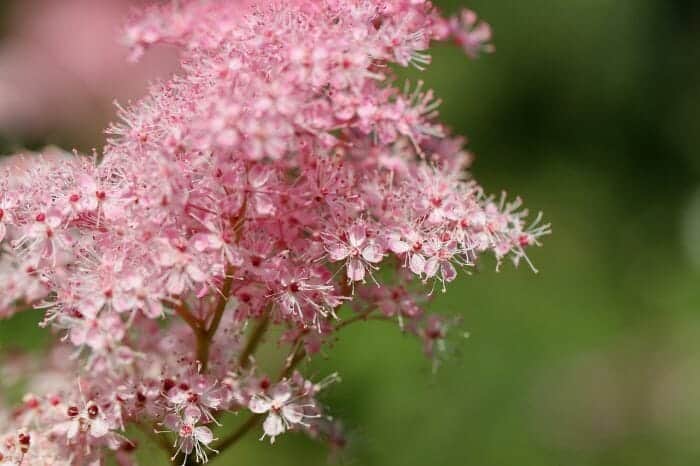
Meadowsweet is a hardy perennial with a very distinctive appearance. Depending on the location and growing conditions, the plant typically reaches heights between 30 and 80 inches (80 and 200 cm).
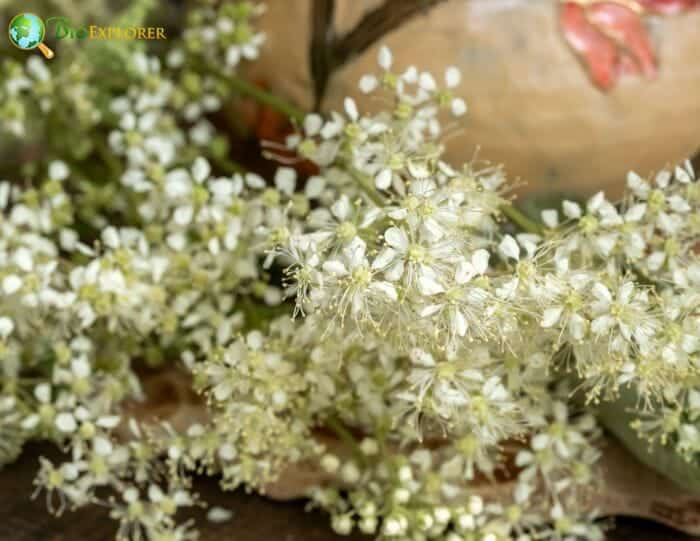
The alternate and mostly dark green leaves are pinnate or toothed and somewhat hairy on the underside. The stems are pointed and slightly branched. Typically, Meadowsweet blooms between late May and August. The cream or white flowers are arranged in an umbel shape and usually comprise 5 to 6 petals. What is striking is the flowers’ sweet and strong aroma, which becomes more intense on hot nights.
